Creating the perfect breeding tank for goldfish requires careful planning and attention to detail. Unlike regular aquariums, breeding setups must cater to the specific needs of spawning fish and their delicate fry. The right environment can mean the difference between a successful spawn and complete failure. Experienced breeders know that every element in the tank serves a purpose, from substrate choices to water flow patterns.
Water parameters form the foundation of any successful goldfish breeding setup. These fish thrive in slightly alkaline water with a pH between 7.2 and 7.6. The temperature plays a crucial role in triggering spawning behavior - a gradual increase to about 68-74°F (20-23°C) often stimulates breeding activity. Unlike tropical fish, goldfish don't require heaters in most home environments, but sudden temperature fluctuations should be avoided. Water hardness should be maintained at moderate levels, as very soft water can lead to egg adhesion problems.
The size of the breeding tank often surprises novice breeders. While goldfish can spawn in community tanks, dedicated breeding aquariums between 20-30 gallons provide better control over the environment. This size allows sufficient swimming space for the breeding pair while keeping the eggs concentrated in a manageable area. The tank's shape matters too - longer, shallower tanks increase surface area for gas exchange and make it easier to monitor the spawning process.
Filtration in a breeding tank requires special consideration. Standard filters can pose serious risks to delicate fry. Sponge filters with adjustable flow rates provide ideal biological filtration without creating dangerous currents. Many breeders opt for air-driven sponge filters as they offer gentle water movement while maintaining excellent water quality. The filter should be established well before introducing breeding fish to ensure a stable nitrogen cycle. Some experienced breeders run the filter in an established tank for several weeks before transferring it to the breeding setup.
Substrate choices in breeding tanks differ significantly from display aquariums. Bare bottom tanks remain popular among serious breeders for several practical reasons. Without substrate, uneaten food and waste can't accumulate in hard-to-clean areas, maintaining better water quality. The smooth surface also makes egg collection easier and prevents eggs from being lost in gravel. For those who prefer a more natural look, very fine sand can work, but requires more diligent maintenance during the critical post-spawning period.
Live plants serve multiple purposes in goldfish breeding tanks. Dense plantings of java moss or hornwort provide excellent spawning sites where eggs can adhere safely. These plants also offer newly hatched fry vital hiding places and surfaces for microorganisms to grow - an essential first food source. Floating plants like water lettuce help diffuse light and create shaded areas that make fish feel more secure. When using live plants, ensure they're thoroughly cleaned to avoid introducing predators or contaminants that could harm eggs or fry.
Lighting conditions influence goldfish breeding behavior more than many aquarists realize. Goldfish tend to spawn most readily under natural lighting conditions that mimic springtime. A gradual increase in daily light duration from 8 to 12-14 hours can help trigger spawning behavior. Avoid intense lighting - moderate illumination works best for breeding setups. Some breeders use timers to create consistent day/night cycles, which helps reduce stress on the fish during this sensitive period.
The placement of the breeding tank within a room deserves careful thought. High-traffic areas with constant movement can stress breeding fish, while completely isolated locations might make regular monitoring difficult. A quiet corner with minimal foot traffic but easy access for maintenance often works best. Keep the tank away from direct sunlight to prevent unwanted temperature fluctuations and algae blooms. Ensure the surface supporting the tank can handle the weight when filled - breeding setups often require more equipment than standard aquariums.
Preparing a goldfish breeding tank properly takes time and patience. Rushing the setup process often leads to problems during spawning or fry development. Seasoned breeders recommend setting up the tank at least 4-6 weeks before intended breeding to establish stable water conditions. This period allows for adjustments to water chemistry and gives time to observe fish behavior. Testing equipment should be on hand to monitor ammonia, nitrite, nitrate, pH, and hardness regularly during this critical period.
Decorations in breeding tanks should prioritize function over aesthetics. Smooth rocks or spawning mops provide ideal surfaces for egg deposition. Avoid sharp-edged decorations that could injure fish during their vigorous spawning activities. Some breeders use specially designed spawning cones or tiles that make egg collection easier. Whatever materials you choose, ensure they're thoroughly cleaned and sterilized before introducing them to the breeding environment to prevent disease transmission.
Water changes become even more crucial in breeding setups than in regular goldfish tanks. Frequent partial water changes help maintain optimal water quality and can actually stimulate spawning behavior in goldfish. However, the water change routine must be adjusted after eggs appear - sudden changes in water parameters can harm developing embryos. Always use a water conditioner to remove chlorine and chloramines, and try to match the temperature and pH of new water to the tank as closely as possible.
The final touches to a breeding setup often make the difference between good and exceptional results. Adding an air stone can improve oxygenation without creating strong currents that might damage eggs or exhaust adult fish. A thermometer placed in an easily visible location helps monitor temperature stability. Many breeders keep a dedicated notebook to record water parameters, fish behavior, and spawning attempts - this information becomes invaluable for future breeding projects. Remember that goldfish breeding behavior varies by variety, so be prepared to make adjustments based on your specific fish's needs.
Successful goldfish breeding begins long before the fish actually spawn. The time invested in creating the perfect environment pays dividends when you see the first eggs appear and eventually hatch into healthy fry. While the process requires attention to detail, the rewards of successfully breeding these beautiful fish make all the effort worthwhile. Each breeding project teaches new lessons that improve future attempts, making the hobby endlessly fascinating for dedicated aquarists.
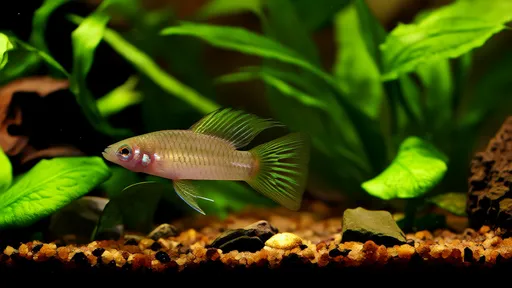
By /Jun 28, 2025
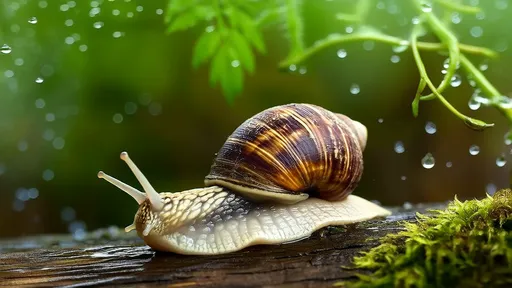
By /Jun 28, 2025
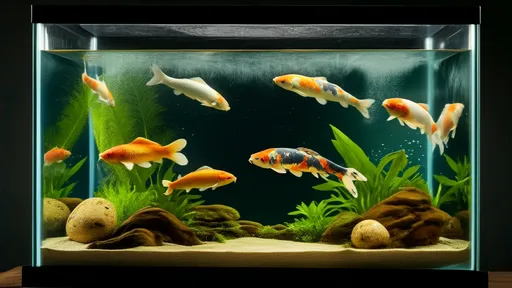
By /Jun 28, 2025

By /Jun 28, 2025
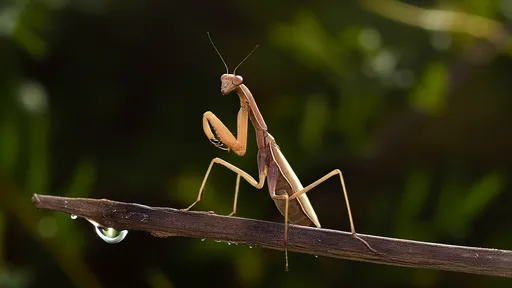
By /Jun 28, 2025
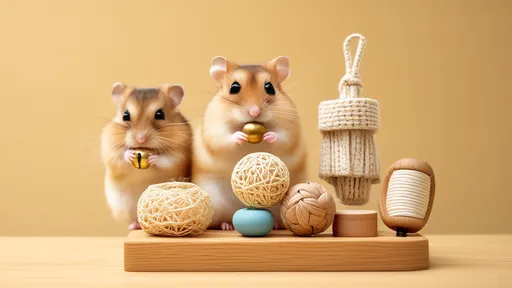
By /Jun 28, 2025
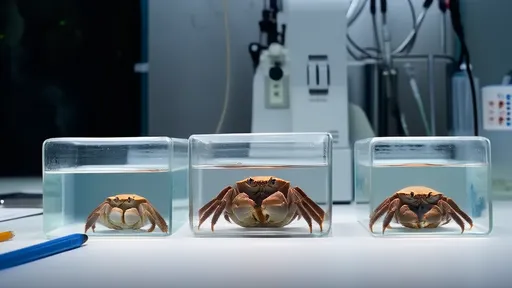
By /Jun 28, 2025
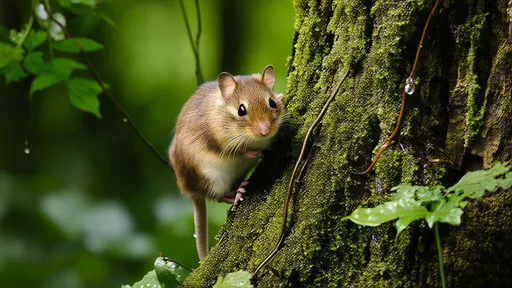
By /Jun 28, 2025
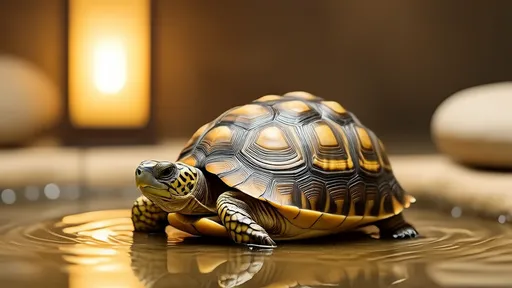
By /Jun 28, 2025
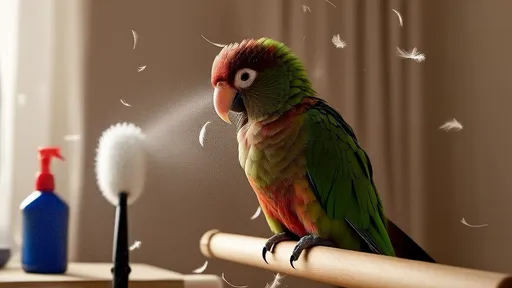
By /Jun 28, 2025

By /Jun 28, 2025
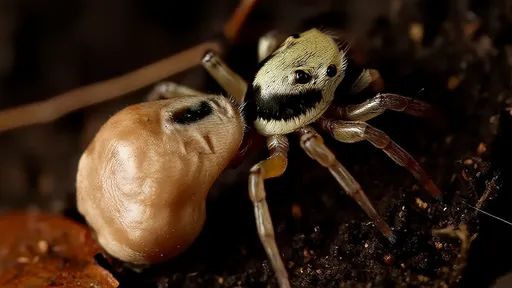
By /Jun 28, 2025
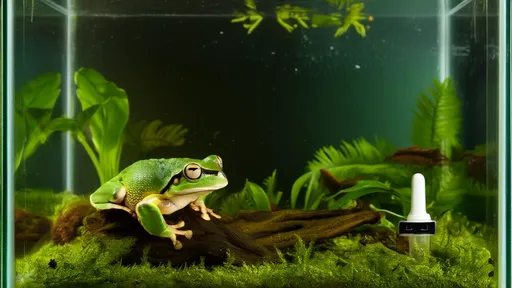
By /Jun 28, 2025

By /Jun 28, 2025
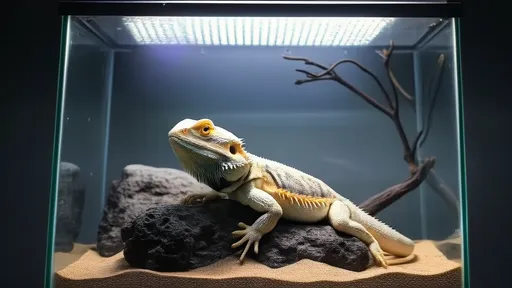
By /Jun 28, 2025
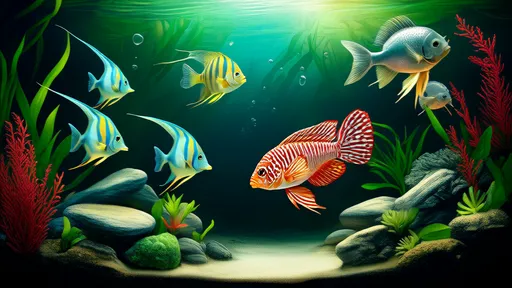
By /Jun 28, 2025
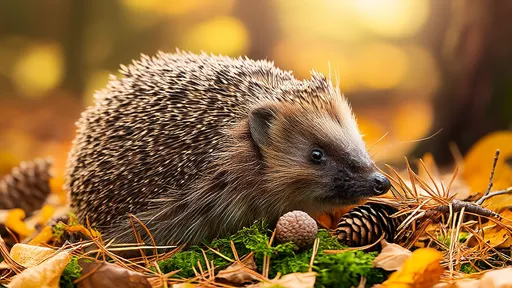
By /Jun 28, 2025